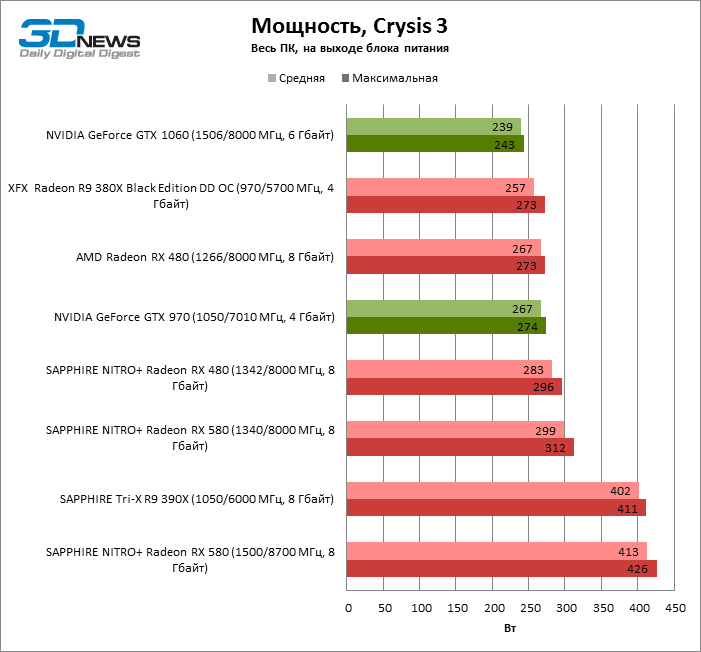Looks like the Limited Edition 580 may be worth considering as they seem to have much better voltages, but still with the same TBP in general.
Tom's review had their Sapphire 580 Nitro LE with a peak of 1.19V for 1450MHz, while TPU for same GPU has 1.125V for 1411MHz.
Just depends if they can be fed enough power with reasonable voltage scaling and with cooling - probably good candidates for water cooling.
CHeers
Tom's review had their Sapphire 580 Nitro LE with a peak of 1.19V for 1450MHz, while TPU for same GPU has 1.125V for 1411MHz.
Just depends if they can be fed enough power with reasonable voltage scaling and with cooling - probably good candidates for water cooling.
CHeers
Last edited:
![[H]ard|Forum](/styles/hardforum/xenforo/logo_dark.png)
